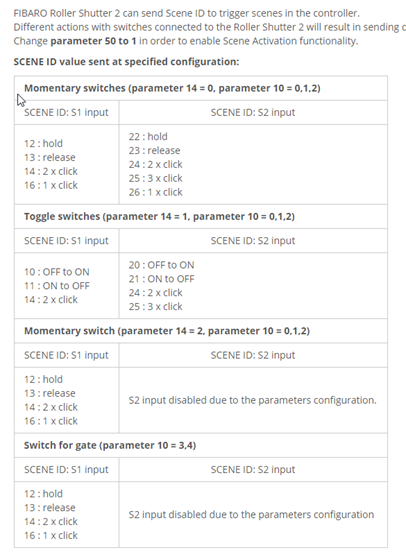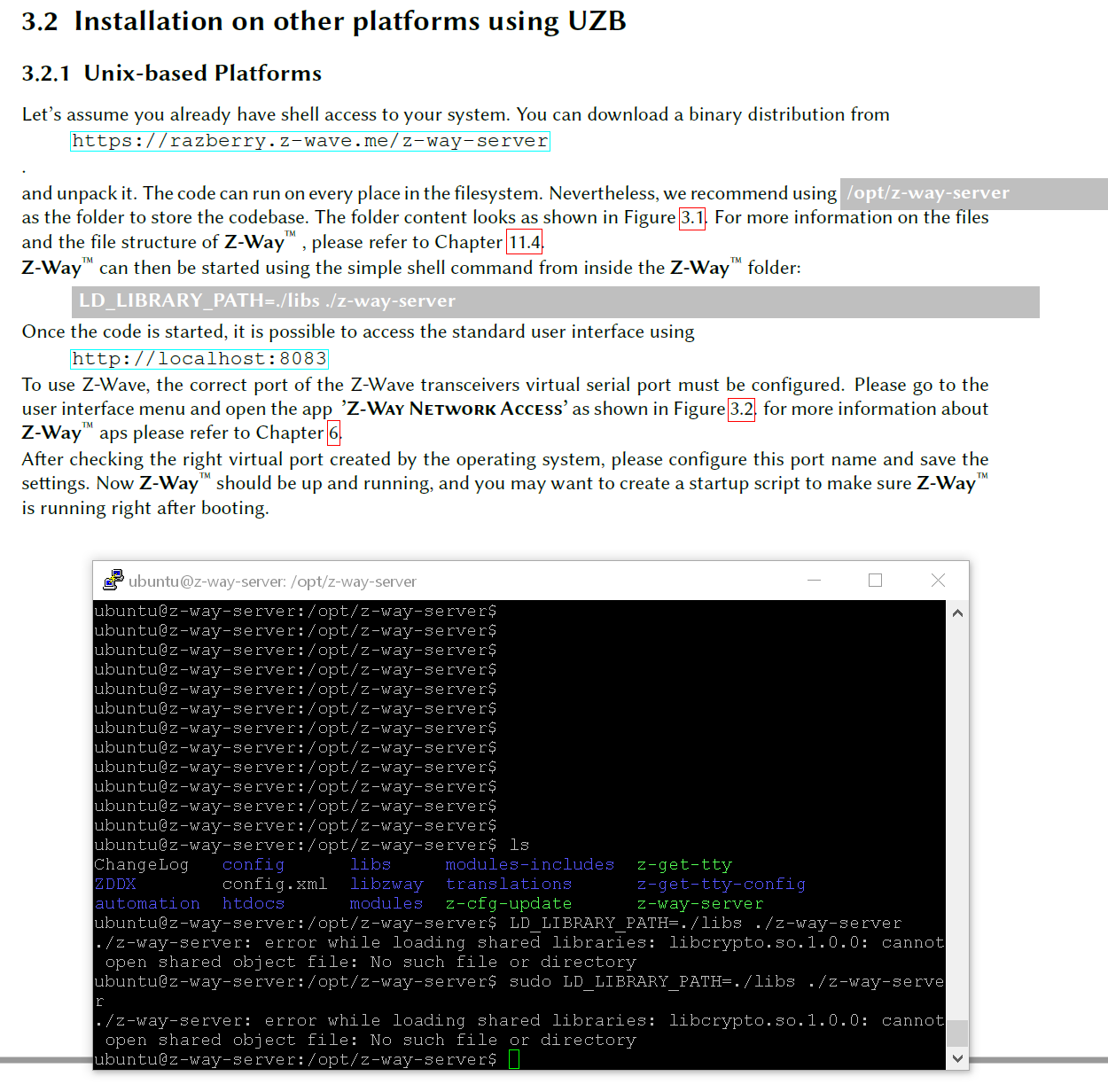Adding Z-way as secondary controller to vera zwave network
-
I can confirm ZWay is cool. I did a couple of maintenance actions on my devices and I can't think about all the time I lost trying to do the same thing with Vera. I'm still using it as a secondary, because I need to plan a smooth transition (Alexa, Nest, and many other things to figure it out), but I'm glad I got mine for only 9 EUR, license included

@therealdb That's an amazing price!
Bought my UZB1 including license for 80 EUR just a couple of weeks ago. -
I can confirm ZWay is cool. I did a couple of maintenance actions on my devices and I can't think about all the time I lost trying to do the same thing with Vera. I'm still using it as a secondary, because I need to plan a smooth transition (Alexa, Nest, and many other things to figure it out), but I'm glad I got mine for only 9 EUR, license included

When you will move it to a primary, you may well see yet another benefit:
Extended battery life of all your battery operated devices...
On the vera, disabling polling and nightly heal helped with the battery life of the FLiRS.
Disabling nnu helped dramatically with the battery life of the non FLiRS battery operated devices.
But the vera continues to do wakeup polling which is something I requested to remove as it is useful for only some very rare specific devices and of course I was ignored for almost a year now.
Z-way doesn’t do any of this craziness and it is very noticeable that all my locks and sensor battery lives have noticeably extended. I use NiMH rechargeable batteries everywhere I can and have recharged batteries only once in 9 weeks with z-way while I used to have to recharge a few sets a week before 7.30 and then about once every week or two after 7.30 and disabling all the vera bloatware they let us. I have 72 battery operated devices and FLiRS...
So much time and money saved from not having to go swap and recharge batteries...This helped with the WAF...
 @CatmanV2
@CatmanV2 -
I remember your battle to disable and I'm glad something was introduced.
I have no FLiRS devices, only less than 10 battery operated one. I hate batteries and I tried to avoid them as much I could. it's just a couple of door/window sensors and two motion sensors where it was impossible (or I missed) to plan a wired one. -
-
Took the bit and bought it...
Stick plus license... will be here lots of time next week :-)...
-
@DesT libcrypto for that ssl error? I managed to revert to ubunto 18 and have z-way running. Or was your answer to my question on how to auto start z-way? I think not?
It looks like you are going through the “learning” on linux and you are doing it pretty fast. The libcrypto was for the error you were showing on the screenshot. Not a response to your last post.
I am running this on ubuntu as well along with openLuup.
The issue with z-way-server is that it was set to be installed on a rPi first and therefor assumed the preinstallation of a number of dependencies like libcrypto there are others and we have to install them one by one, looking at the error thrown at us when attempting to start the z-way-server. Different linux distros and versions have different packages pre-installed but they generally have access to mostly the same packages.
I autostart my z-way-server with systemd. I will post how to do it here a bit later. -
Ok ,on-topic again. If z-way is secondary controller with
<TryToBecomeSIS>0</TryToBecomeSIS>
<Autoconfig>0</Autoconfig>Can I use z-way to do device config there? And will Vera also "see" the values then?
So I can use z-way to get rid of the horribe "waiting for wakeup to configure device messages? (hope z-way will do fine however :-)) -
You can configure the device a lot more clearly and in more details on z-way than on the vera for sure.
The "waiting for wakeup" thing for the vera is internal to the vera and has little to do with the actual configuration of the device.
The vera wants to push its auto-preset device configs to the device or it is just a flag mistakenly tagged to that device requiring to wakeup for it to reconfigure the device when it was the vera's own data which was messed up. Really a nice piece of garbage if you ask me. But no it won't remove these tags because the vera won't know that another controller already did the job. To eliminate that from the vera you need to remove the auto configuration. -
You can configure the device a lot more clearly and in more details on z-way than on the vera for sure.
The "waiting for wakeup" thing for the vera is internal to the vera and has little to do with the actual configuration of the device.
The vera wants to push its auto-preset device configs to the device or it is just a flag mistakenly tagged to that device requiring to wakeup for it to reconfigure the device when it was the vera's own data which was messed up. Really a nice piece of garbage if you ask me. But no it won't remove these tags because the vera won't know that another controller already did the job. To eliminate that from the vera you need to remove the auto configuration. -
Sorry @therealdb, I haven't seen that you specifically said thát...?
-
Only for non-configuration parameter... Things like wakeup intervals, configuration parameters etc... the vera will not know unless you make the vera poll them and the vera does not make it easy to just do a poll of parameter since mostly the "set parameters" command is implemented as part of its configuration process.
Status (variables) which update regularly to their lifeline controllers will get updated on the vera if vera is in the lifeline association.






